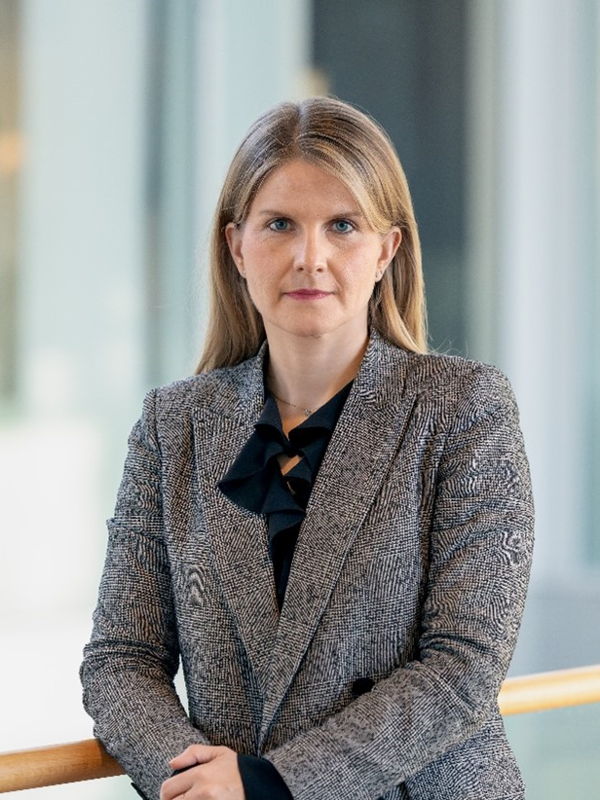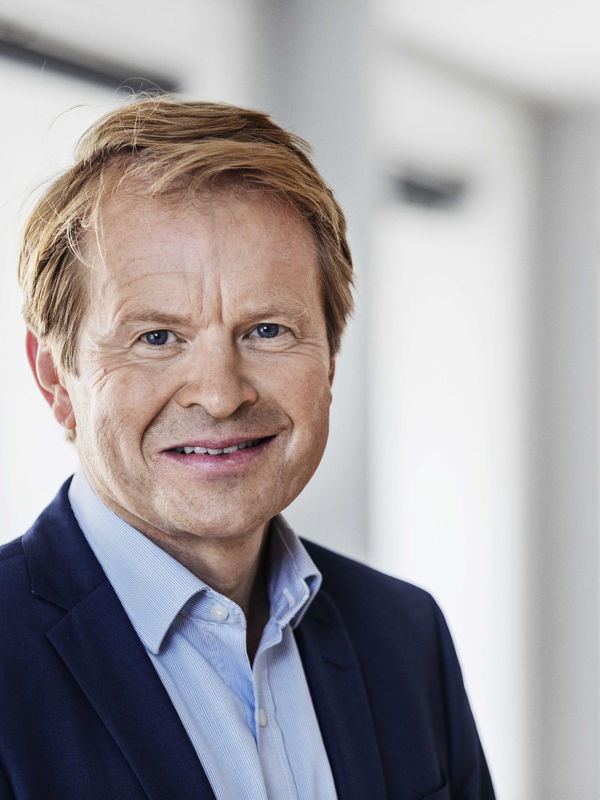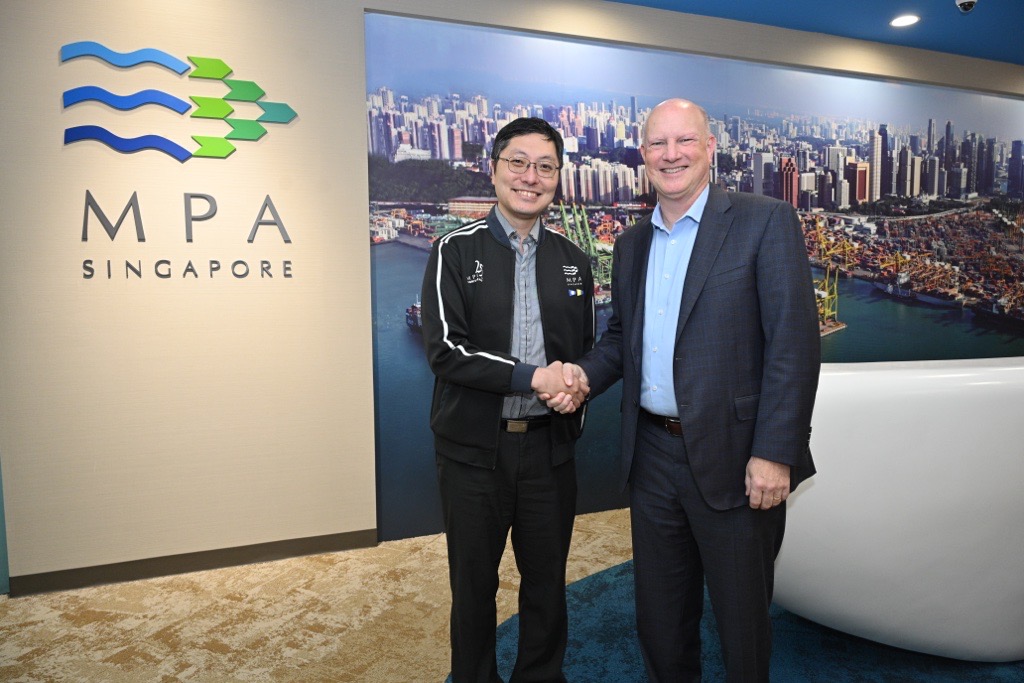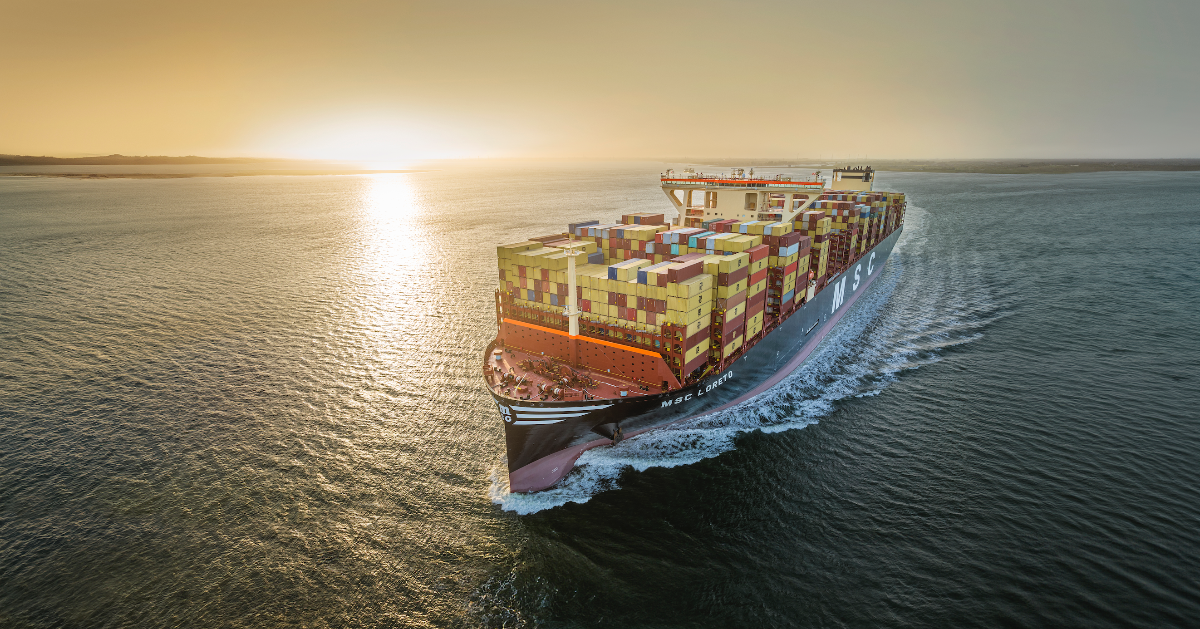Whether they are political hot air or a real risk reduction tool, the promise of green corridors has been talk of the industry for two years, isn't it time for one to appear?
The phrase turned up about two years ago. It seemed at the time to be yet another idea from slick PR people at policy making and lobbying levels to create a buzz word, a political long-term promise without specific commitment. The efforts, they said, have to be industry wide and a way to accelerate change. So green corridors emerged, a way to focus on specific trade routes.
The Global Maritime Forum got onboard, as did many countries in COP 26 in Glasgow when the Clydebank Declaration was written and many countries had ministers sign and fly off home.
The glitter of COP settled and industry was likely left wondering what it all meant in practice.
Consultancies and the shipping lobby began doing their work with reports with titles such as such as “Navigating to net zero via green Corridors”, then the search was on to turn nonspecific promises into reality. So the announcements began to emerge. Feasibility studies, desk assemblage of information and risk assessments.
These green corridors are in reality existing liner or trade routes, where vessels already run taking known products between two countries. The number crunching shows, for example that a bulk carrier on an Australia to Japan shuttle will need what we already know: fuel, bunkering and safety considerations. The costings show that vessels will need to get hold of green ammonia or green methanol at a reasonable price and that a carbon price really does need to be in place to make it feasible. The idea is to then turn this hype into a demonstration project that shows reality and so ease the minds of risk adverse shipowners, who also wait for the regulations to show the way.
So, the paper work has nearly been done, the assessments made, so when do these corridors really begin to make a difference? Sveinung Oftedal is head of negotiations on green shipping at the Norwegian Ministry of the climate and Environment. He is probably best known for his work at the IMO, where he is currently chair of the ongoing intercessional meetings on greenhouse gases that are taking place in between the main MEPC meetings to try and thrash out progress on shipping’s decarbonisation journey.
He will be joining me at one of this year’s Blue Talks at Nor-shipping to discuss how work on Green Corridors is developing and to answer my questions about them really being a way to make a difference, or whether they are is just a politician’s promise and a PR writer’s field day.
Also on the panel to uncover how far green corridors have come, or not, will be Bo-Cerup Simonsen, head of the Maersk McKinney Moller Center for Zero Carbon Shipping which has developed a ‘blueprint’ for corridors, Ahila Khan, a senior decarbonization analyst at Lloyd’s Register’s Maritime Decarbonisation Hub and part of the team looking at corridors in Asia with the Silk Alliance, Naomi van den Berg from the Port of Rotterdam who is looking at number of corridors between Rotterdam and ports around the world, and Ingrid Kylstad at ZeoLab Klaveness, Klaveness of course having a fleet of vessels on major routes and a ship management and decarbonization to looking at their future projects.








































